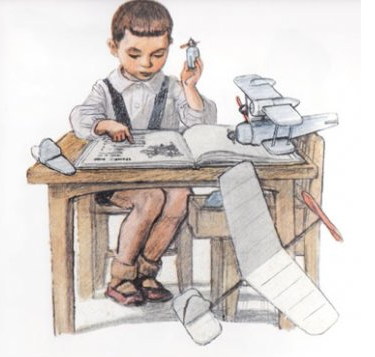
私たちの多くは覚えています
「Java 7より前」の苦痛:
BufferedReader reader = null; try { reader = new BufferedReader( new InputStreamReader( new FileInputStream(FILE_NAME), Charset.forName("UTF-8"))); String line; while ((line = reader.readLine()) != null) { System.out.println(line); } } catch (IOException e) { // log error } finally { if (reader != null) { try { reader.close(); } catch (IOException e) { // log warning } } }
簡単にすることができます
Apache Commons IO
InputStreamReader in = null; try { in = new InputStreamReader(new FileInputStream(new File(FILE_NAME)), Charsets.UTF_8); LineIterator it = new LineIterator(in); while (it.hasNext()) { System.out.println(it.nextLine()); } } catch (IOException e) { // log error } finally { IOUtils.closeQuietly(in); }
またはこのように:
LineIterator it = null; try { it = FileUtils.lineIterator(new File(FILE_NAME), "UTF-8"); while (it.hasNext()) { System.out.println(it.nextLine()); } } catch (IOException e) { // log error } finally { if (it != null) { it.close(); } }
Java 7
自動リソース管理(ARM) 、 NIO.2およびStandardCharsetsをもたらしました。 サードパーティのライブラリを接続せずに、次のことが可能になりました。
try (BufferedReader reader = new BufferedReader( new InputStreamReader( new FileInputStream(FILE_NAME), StandardCharsets.UTF_8))){ String line; while ((line = reader.readLine()) != null) { System.out.println(line); } } catch (IOException e) { // log error }
またはさらに短い:
List<String> lines = Files.readAllLines(Paths.get(FILE_NAME), StandardCharsets.UTF_8); for(String line: lines){ System.out.println(line); }
そして最後に:
Java 8
Stream APIとLambda式を使用して、これを1行で実行できます。
Files.lines(Paths.get(FILE_NAME), StandardCharsets.UTF_8).forEach(System.out::println);
道徳:あなたが現代のJavaを持っている場合-あなたはうまくいく必要があり、悪くはありません。
あなたの注意とコーディングの成功に感謝します!